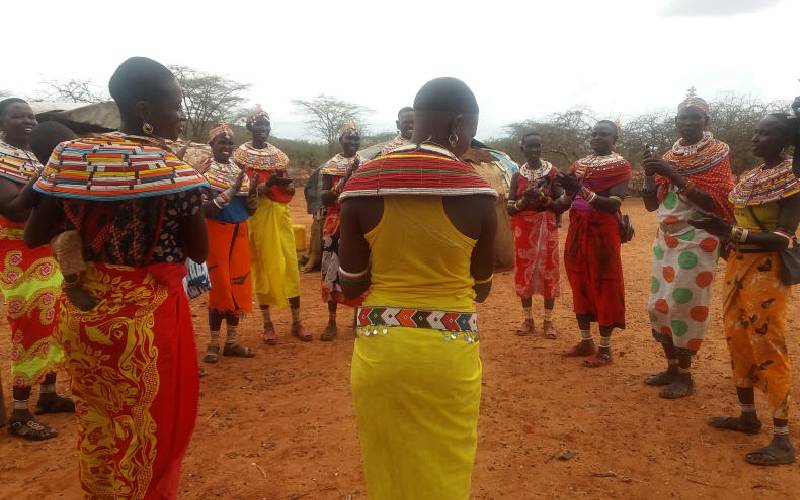×
The Standard e-Paper
Informed Minds Prefer The Standard

Along the Isiolo-Marsabit Road, Samburu County lies the Kalama Conservancy, an income-generation initiative of the local Samburu Community.
Established in 1988 by a group ranch that owns the land, the expansive grassland was registered in 2002 to conserve wildlife and earn revenue through tourism.